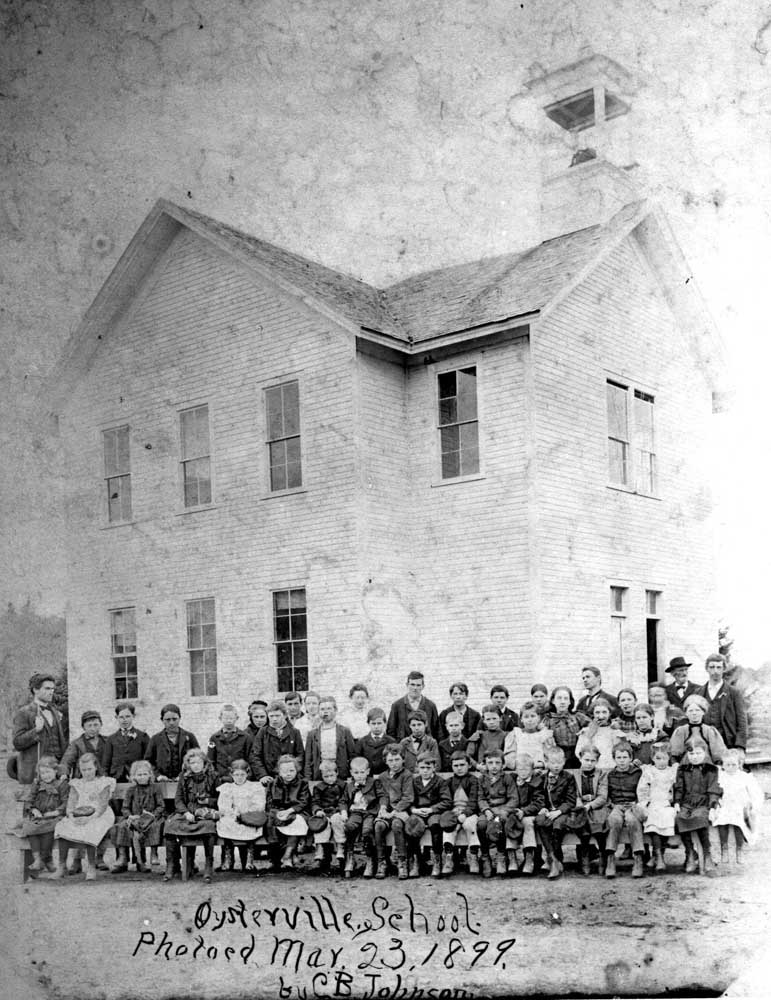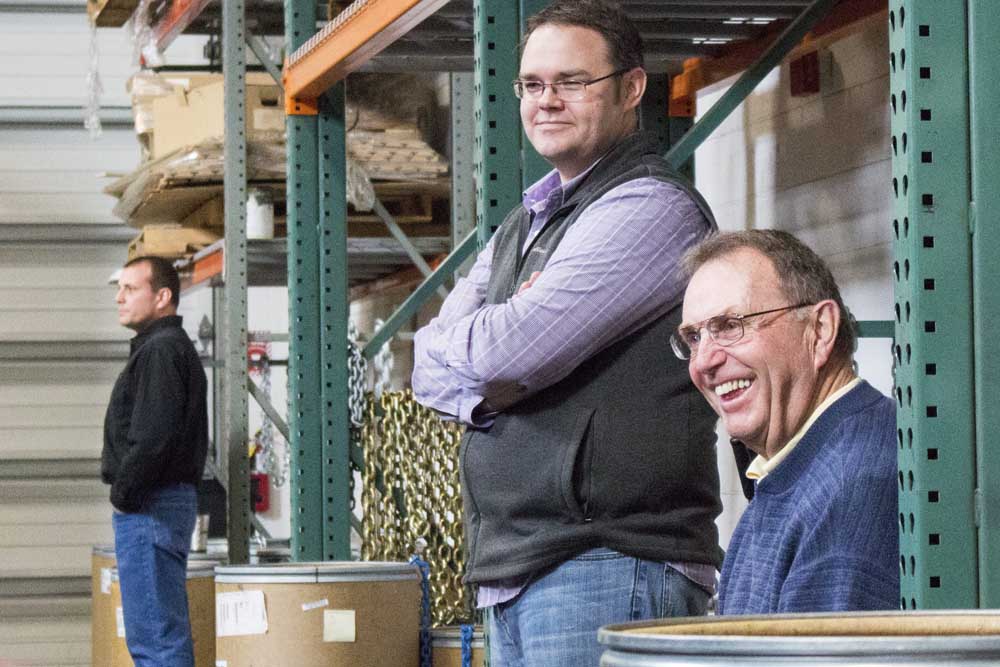Our View: Education is set for a transformation
Published 12:15 am Thursday, June 4, 2020

- Children are shown in a 1899 photograph of Oysterville School.
Like most everything else, education is set for transformation on a scale that was unimaginable half a year ago.
Trending
Exactly where schooling will end up is still unpredictable, but it’s definitely time to start strenuously planning — both for this coming September, and for how to prepare young people for a decade — or maybe a century — of calamities.
Coronavirus deaths now exceed 1,100 in Washington state and 150 in Oregon. Both states were relatively quick to keep residents at home to choke down transmission of the virus, but it obviously got its claws more deeply set in Washington before action was taken.
Here in the Northwest as elsewhere, it has primarily killed treasured elders. But it viciously damages some victims of all ages and its grasp may even extend to young children. It’s our paramount viral threat in at least a generation and perhaps since 1918-19.
Trending
To put it in context, on the three-month anniversary of Washington’s first COVID-19 death, its toll nearly equals the past six full years of seasonal influenza fatalities in the state.
There is some potentially wonderful news about a vaccine. Experimental trials show real promise. Even so, widespread deployment of a safe and effective vaccination likely is still a year away. Herd immunity will then be slowed by crackpot conspiracy rumors and anti-vaccination activists.
K-12 schooling — somewhat depending on whether infections surge once or multiple times — will take place in some form this fall. Faced with financial cataclysm, special legislative sessions this summer could be forced to argue “exigent circumstances” and drastically pare school funding. But with teacher contracts already signed, in-person school is almost certain to resume in some form — possibly with children attending in staggered shifts to avoid crowding; fewer total classroom hours; and continuation of aspects of online education that began this spring.
Technical schools, two- and four-year colleges and universities face a much harder and more immediate financial reckoning. They lack the state constitutional protections that K-12 schools enjoy. Enrollment is expected to plunge, as students and families deal with their own fiscal emergencies. Many students are contemplating taking a year off to see how things shake out. Those who choose to continue post-secondary education this fall will have to deal with a still-evolving hybrid of traditional and online coursework — a prospect that will be unpalatable considering what many schools charge for credit hours.
Dire as our situation remains, larger questions revolve around adjusting education at all levels to cope with the coming “Greater Depression” some fear is at our doorstep. The U.S. and world economies were deeply flawed before now and are hemorrhaging now. Economies are on life-support in richer countries. In Latin America, Africa and much of Asia, a worst-case depression has already arrived. Things are going to get precarious: Pestilence and death often spawn famine and war.
Leaving apocalyptic scenarios for some other day, schools at every level must become more pragmatically useful in preparing students for 21st century jobs. Failing to do so will consign communities, states and entire nations to the margins.
This shouldn’t mean abandoning art, music, literature and other pursuits that give life meaning. We need these in times of hardship, which often produce inspirational creative works. But as a society we’re going to be forced to find better ways to set the stage for every kind of success.
New forms of course delivery call into question the need for so many physical campuses. Perhaps teachers’ talents can be better used in acting as one-on-one tutors for kids and young adults who are getting basic foundational lessons from inspiring online lecturers. Maybe every school district should have a robust apprenticeship or internship program, tailored to the interests and aptitudes of individual students. Instead of having separate colleges and high schools, maybe they should be blended every step of the way.
There’s nothing that shouldn’t be open for thorough consideration. We’re in the midst of a crisis, but that doesn’t mean our response can’t deliver a brighter future than the one promised by our recently deceased status quo.









